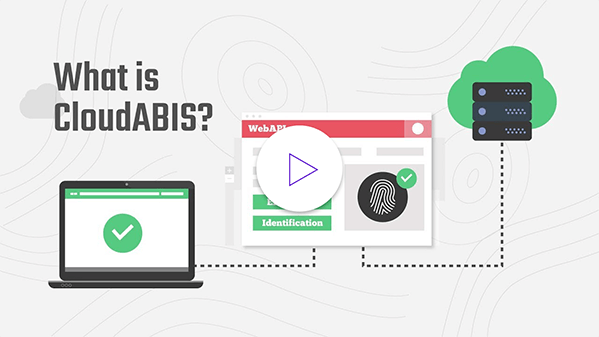Fingerprint Technology – Not A “One Size Fits All”

In yesterday’s biometric news, I ran across a story published by 234next.com, an online Central Africa news resource published by Timbuktu Media Group. The article, entitled “Obasanjo, Mark unable to register” reports on difficulties that the country of Nigeria is experiencing in it’s ambitious project to register all of the eligible voters in the country through biometric technology. Apparently, both the former President and the President of the Senate’s fingerprints could not be recognized by the fingerprint readers being used for registration. A little embarrassing for the biometric technology company in charge of the project and probably doesn’t do much to instill confidence in voters that biometric technology is a viable option for voter registration. Heck, just read some of the comments and you can plainly see that some Nigerians are distressed over this issue.
Which brings me to the point of this blog post. Biometric fingerprint technology is excellent. In most cases, it works well and provides a great modality for end users to deploy. However, it is not a one-size-fits-all solution. Studies have shown that approximately 5% of the population do not have fingerprints that can be read by a fingerprint reader, even modern ones that use cutting edge sensor technology (the sensor in a fingerprint reader can be likened to a camera that captures an image of the fingerprint for matching purposes).
Other factors such as environment, age and ethnicity can also affect fingerprint integrity causing prints to be unreadable for certain people. However, the dawn of vascular biometric technology has helped to alleviate this problem by using near infrared light to capture a finger vein or palm vein pattern beneath the skin surface to identify an individual. This bypasses the need to have quality fingerprints in order to successfully use a biometric identification system and allows end users to use biometrics in environments that otherwise are not conducive to fingerprint technology.
Are you considering biometric technology for your business, possibly in a workforce management capacity for time and attendance? Take a close look at your conditions and consult with an expert on whether fingerprint technology will be successful for your needs.
We are here to help if you need advice or consultation. Contact us and we can discuss your needs and at the very least, help you decide which modality is the best for you so you can shop around for the best offer.
Have you had any negative experiences with fingerprint technology you can share? Let us know in the comments below.












Pingback: Top 5 Questions & Answers To Review Before You Invest In Biometric Technology « M2SYS Blog On Biometric Technology
Pingback: Why Vascular Biometrics Is A Good Fit For Membership Management « M2SYS Blog On Biometric Technology
Pingback: The Hitachi Finger Vein Reader – Bells, Whistles and More « M2SYS Blog On Biometric Technology
Great post! We’ve found that fingerprint time clocks are a great security measure. It ensures that the correct person is clocking in and out at all times and eliminates the risk of employees clocking in/out for each other.
Thanks for the comment. The point of the post was to explain that although fingerprint biometrics is a very solid modality and applicable to a large % of the population under normal circumstances, there are certain conditions that create difficulties when using it. Vascular and now iris recognition are now being looked upon favorably by end users to alleviate some of the problems that fingerprint biometrics can create.
Pingback: Contactless Biometric Sensor Market Poised For Rapid Growth - M2SYS Blog On Biometric Technology
Pingback: The Top 5 Reasons To Consider Fujitsu PalmSecure Biometric Technology Over Fingerprint - M2SYS Blog On Biometric Technology
We have not any negative experiences with fingerprint technology. I think fingerprint technology is one of the powerful security and identity solutions in the world